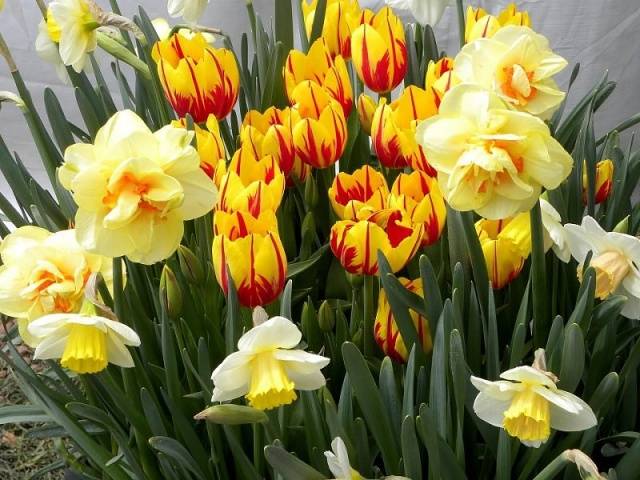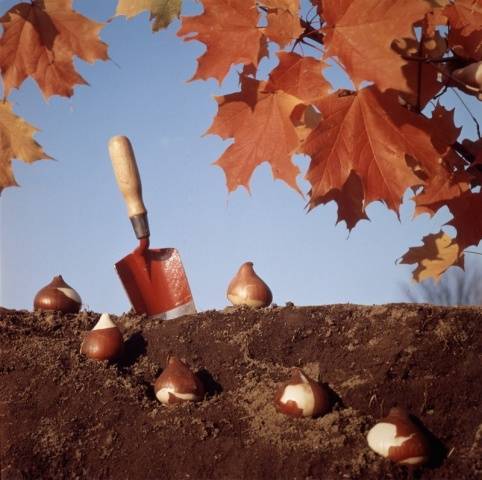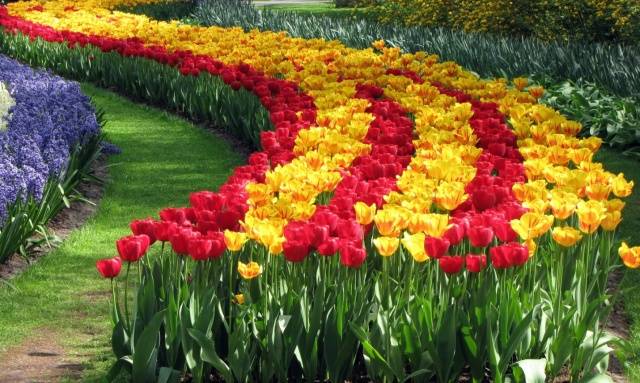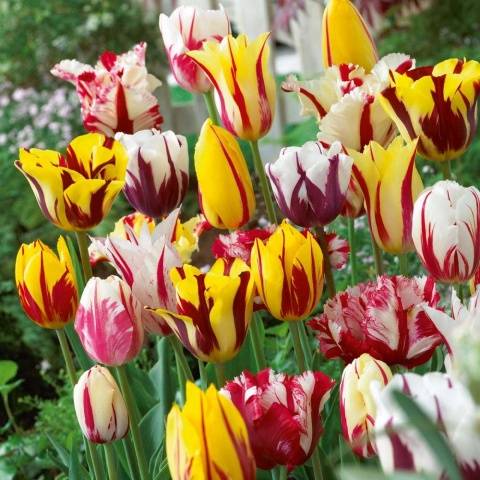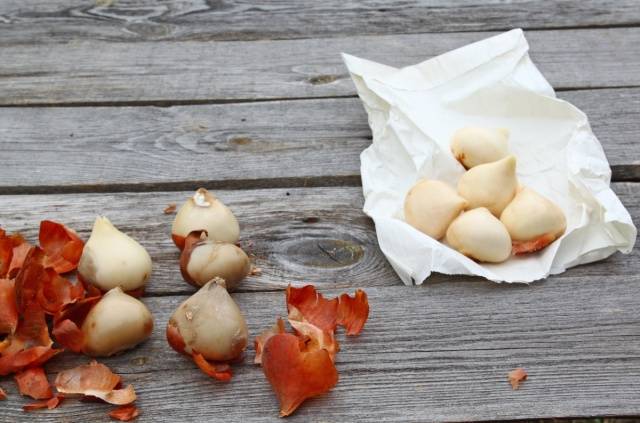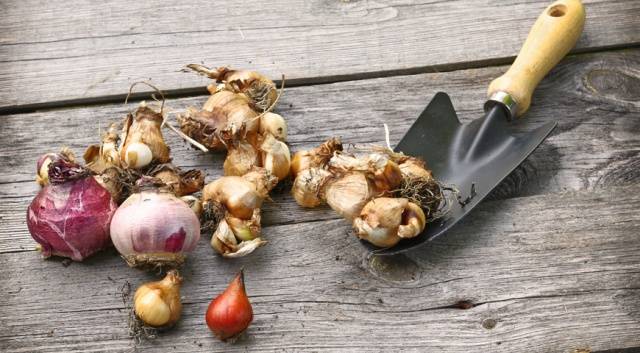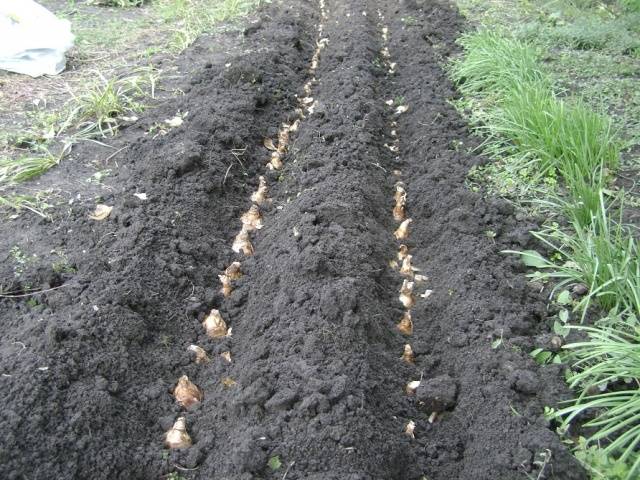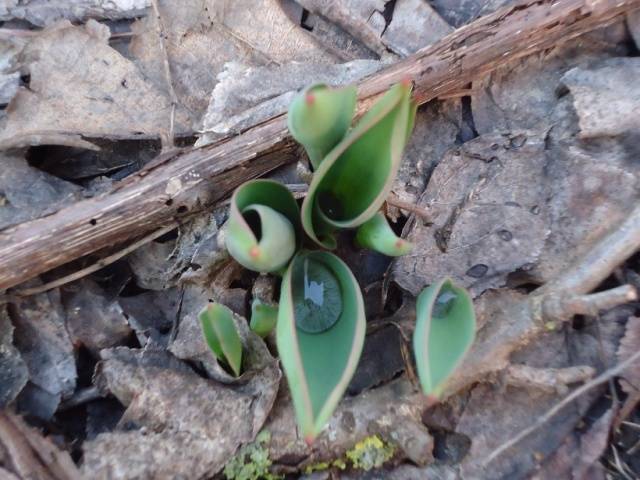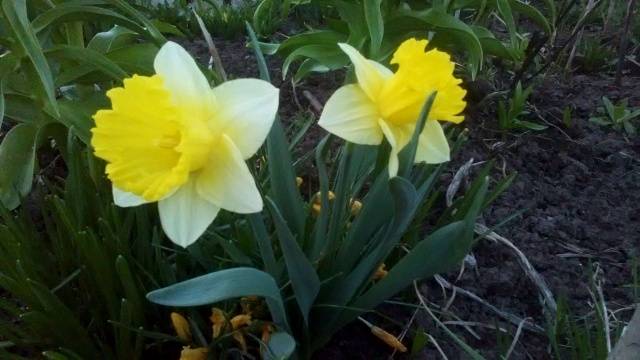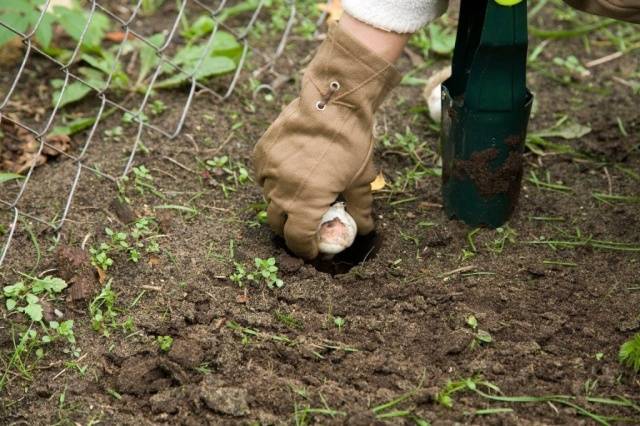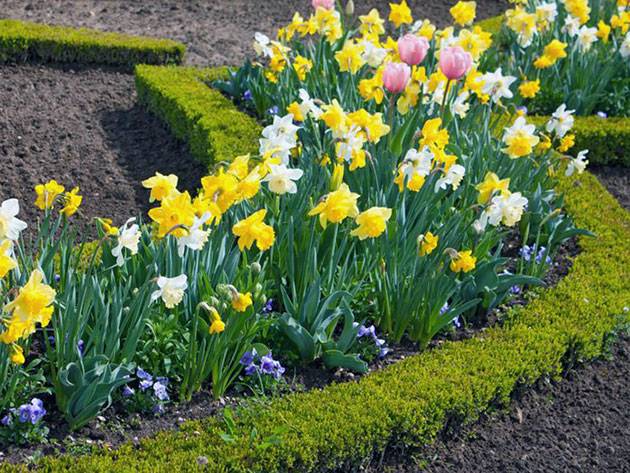Content
On the eve of autumn, it's time to think about planting bulbous flowers, especially daffodils and tulips. It is these spring flowers that are the first to dissolve their buds, covering the flower beds with a variegated veil of inflorescences for a couple of weeks. Both tulips and daffodils are quite unpretentious, it is easy to grow them, you do not need to care for such flowers, the gardener will only have to dig up the bulbs immediately after flowering and plant them again at the beginning of autumn. Although these flowers have much in common, tulips and daffodils have characteristic differences.
You can learn about when to plant tulips and daffodils in autumn, how to do it correctly so that their flowering is abundant and bright, you can learn from this article.
Tulip planting rules
Tulips came to the world from Persia, probably, this explains the great love of these flowers for the sun. Today, many species and varieties of garden tulips have been bred, among them there are dwarf varieties, and almost meter-long flowers for bouquets, monophonic and variegated, glossy and double buds.
Tulips are very hardy and viable plants. These flowers can grow on almost any soil, their roots grow even through rocky soil, they can develop in the sand. Tulips also tolerate frosts well, bulbs of perennial varieties can winter in unprotected soil, divide and transplant without losing their qualities.
The development cycle of tulips consists of two phases: in the fall, the bulbs planted in the ground take root, after which their development stops, and with the onset of spring heat, green stems grow and buds appear. Fading, tulips "fall asleep" again, their bulbs need to be dug out during this period in order to plant again in the fall.
Where and when to plant tulips
Planting tulips, like other flowers, should start with choosing a suitable growing area.
Although tulips can grow in almost any conditions, they are suitable for all climates, these colors have their own preferences:
- The area for the autumn planting of bulbs must be in the sun. Tulips love sunlight like no other flowers. In the shade, their stems are too elongated, become thin and fragile, and the inflorescences themselves turn pale and smaller. If tall deciduous trees grow in the garden, you can plant bulbs between them, anyway, foliage will appear after flowering.
- The terrain is preferably flat, so that water does not stagnate on the site. Excessive moisture is detrimental to the bulbs; in order to save them from melt water, it is necessary to choose a place higher.
- They do not like tulips and drafts; strong winds can break fragile stems. An area protected from winds is preferred. This can be a flower bed near a fence, a place near the wall of a house or outbuildings, or a flower garden protected by shrubs and tall perennials.
Tulips also have their own preferences regarding soil:
- these flowers do not like acidic soils, because there they have a decrease in the number of buds;
- the soil in the area for tulips should be neutral or slightly alkaline;
- tulips do not need manured soil, because the bulbs are afraid of rot and fungal infections, which are often carried along with fresh organic fertilizers;
- the soil is preferable loamy, not very loose, capable of retaining moisture. Tulips grow poorly in sandy soil, since the sand does not hold water.In very loose soils, bulbs fall to a great depth, which obscures the development of tulips, and they bloom much later.
If tulips are planted too early, the bulbs will start to rot in moist soil, can be damaged by wireworms and other insects, and become infected with various fungi. In addition, the bulbs begin to sprout in the warmth, and when frost occurs, these sprouts will inevitably suffer, which will entail the death of the entire plant. Late plantings lead to the freezing of tulips, because the bulbs do not have time to properly take root and prepare for winter.
Experienced gardeners say that it is quite possible to plant tulips until January, but at the same time you should cover the holes with bulbs or plant them directly in the snow.
How to prepare the soil before planting tulips in the fall
Tulips are planted in nutrient soil, only in this way the inflorescences will be large, and the plants themselves will be healthy. Therefore, scarce soils must be fertilized before planting the bulbs.
Mineral and organic fertilizers are suitable as fertilizers in the following quantities:
- well-rotted cow dung at the rate of two buckets for each square meter of land;
- instead of manure, you can use leaf humus or compost in the same amount;
- take flowers and wood ash well - about 200 grams per meter;
- dolomite flour or chalk is necessary in case of soil acidification, take 0.5 kg per square;
- superphosphate is needed for flowers for abundant flowering - it will take about 50 gm2;
- potassium sulfate or potassium nitrate will help restore the balance of potassium in the soil - about 30 grams;
- on the day of planting, ammonium nitrate can be added to the ground - no more than 25 grams;
- complex mineral compositions are also well perceived by tulips (for example, before planting the bulbs, you can add nitrophosphate - 100 grams).
Correct planting of tulips in autumn
So, autumn warm days are chosen for planting bulbs. Preparation begins in advance by fertilizing and digging up the ground on the site. The landing itself is carried out in accordance with the scheme:
- The depth of the wells depends on the size of the bulbs. The rule for planting tulips says: "You need to deepen the seeds at a distance equal to three diameters of the bulb." If the winters in the region are not very cold, you can reduce this depth by twenty percent so that the tulips bloom earlier. The approximate depth of the holes is 10-15 cm.
- The distance between the bulbs also depends on their diameter. As a rule, it is customary to plant large tulips every 8-10 cm, in a row.
- Between the radas, 20-25 cm are usually left, then the flower garden will be well filled with flowers. But here, too, a lot depends on the variety of flowers, their height, the size of the inflorescences.
In principle, each gardener determines the tulip planting scheme independently, taking into account his own wishes and individual sizes of the bulbs. In Holland, for example, it is customary to plant 100 bulbs per square meter of land, and the flowers are staggered. So, the flower garden will be lush and very elegant, but you will need a decent amount of expensive planting material.
Before the autumn planting, the bulbs are soaked in a solution of potassium permanganate, copper sulfate, or use a phytoncide like "Maxima". These antiseptics will help prevent tulips from rotting and getting fungus.
It is recommended to pour a handful of wet sand into each hole before planting.The bulbs are inserted carefully, they are not pressed to the ground, so as not to damage the bottom. From above, the hole is covered with loose soil or peat.
Planting daffodils in the fall
Growing tulips and daffodils is virtually no different. The only thing that a gardener must take into account is that daffodils without transplant, grow in one place for about four years. That is, the bulbs of these flowers do not have to be dug out annually, it is enough to do this every 3-4 years.
Where to plant daffodils
Daffodils are also undemanding to the environment and soil composition, like the tulips discussed above. The bulbs of these flowers must be planted in the fall so that they take root and grow stronger before the onset of frost. At the same time, buds are laid in them, from which the flower itself should grow in spring.
In autumn - in September or early October - they choose a place for planting daffodils:
- A sunny or semi-shaded spot in the garden is great for daffodils. If the bulbs are planted in deep shade, the flowers will become smaller, and the flowering time will noticeably shift. It has been noticed that in the bright sun, daffodils bloom in larger flowers, their flowering time stretches for 2-3 weeks.
- There should be no drafts on the site - daffodils do not like this.
- The soil needs light, well-drained so that moisture does not linger in it too much. Like all bulbous flowers, daffodils are afraid of high humidity, their bulbs rot from this.
- Plant the daffodils in loamy soil that is rich in trace minerals and moisture. These flowers need more water than other bulbous varieties, and they also like fertilizers.
How to plant daffodils
Autumn planting of daffodils is performed when the ground at a depth of 10 cm cools down to +10 degrees. The rooting time of daffodils is about 25-30 days, during this period there should be no severe frosts, but sudden warming is also detrimental to bulbous flowers.
Planting daffodils is performed as follows:
- it is necessary to deepen the bulbs of daffodils, depending on their size and composition of the soil. Large daffodils are planted deeper (up to 25 cm), smaller bulbs do not deepen much (about 10 cm). Daffodils do not dig deep into solid and dense soils, but in light sandy soils, on the contrary, you can plant daffodils and deeper - their stems will easily break through loose soil.
- Daffodils are not planted closer than 10 cm from each other - they will not be able to develop normally. Planting daffodils at 12-15 cm intervals is recommended.
- Before planting, holes are prepared, a handful of dry sand is poured into each.
- The planted daffodils are watered and covered with loose soil or peat on top.
Outcomes
Flowers planted correctly will certainly delight the owner in the spring: daffodils and tulips are the first large flowers to bloom after winter. A very important step is to determine the time of planting the bulbs, in order to choose the date correctly, you need to monitor the weather in the region.
The gardener must also take into account that in frosty and snowless winters, bulbous plants often freeze out, therefore planting daffodils and tulips is recommended to mulch a thick layer of peat, leaves, sawdust, and with the onset of heat, remove this shelter. Then all the bulbs planted in the fall will sprout, and the flower beds will look neat, without bald spots.
